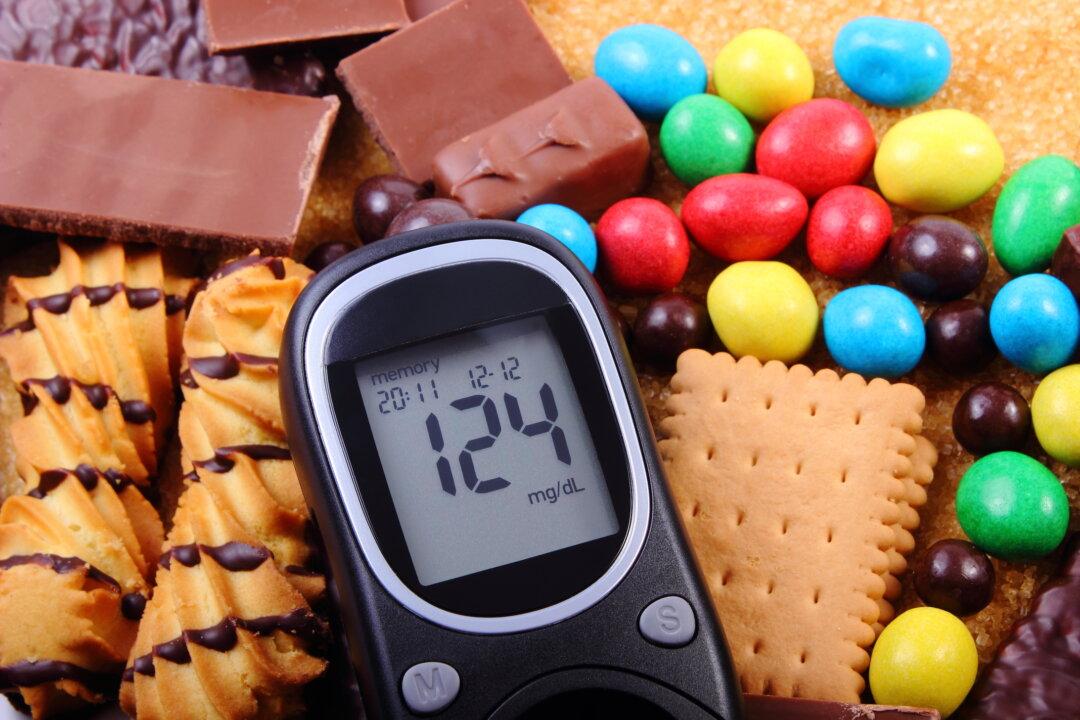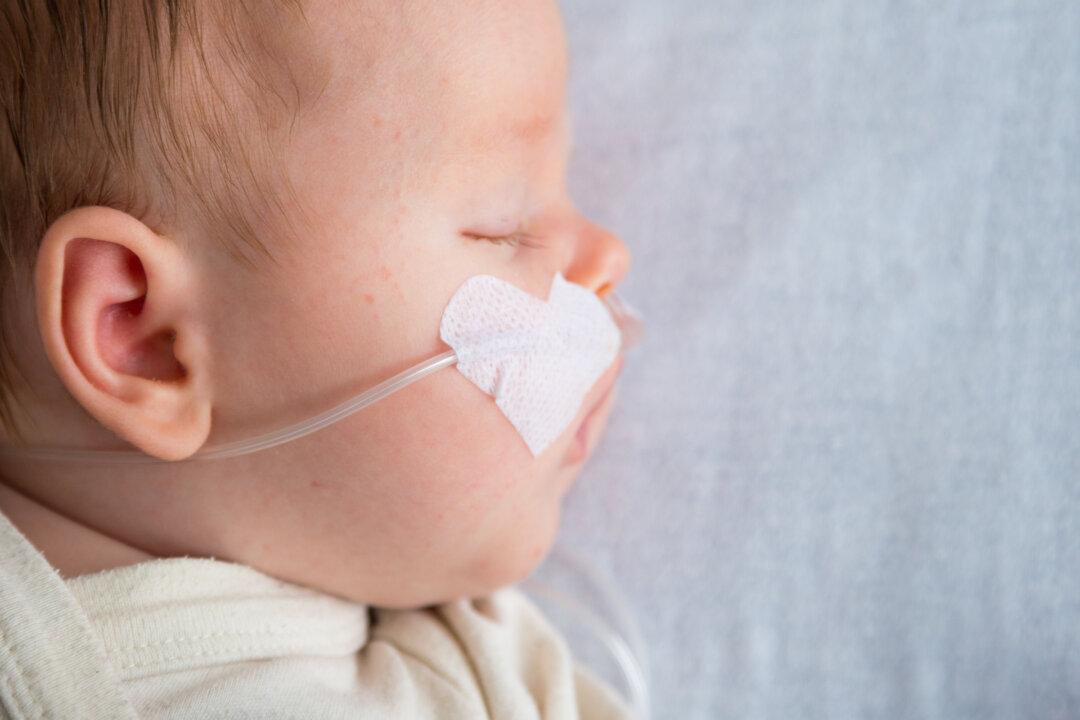Diabetes is a chronic condition that leads to serious life-threatening complications, however many people go undiagnosed and are undertreated -- a situation being further exposed by the COVID-19 pandemic. For this reason, understanding risk factors, symptoms and the importance of early diagnosis and action is essential.
More than 34 million people in the United States are affected by diabetes, and one-in-five of them are undiagnosed, according to estimates from Centers for Disease Control and Prevention. Health services organization Cigna reports that between January 2020 and June of 2021, nearly 800 of its patients who were diagnosed with COVID-19 were found to have undiagnosed diabetes. Only 14% of those people had previously been diagnosed with pre-diabetes.





